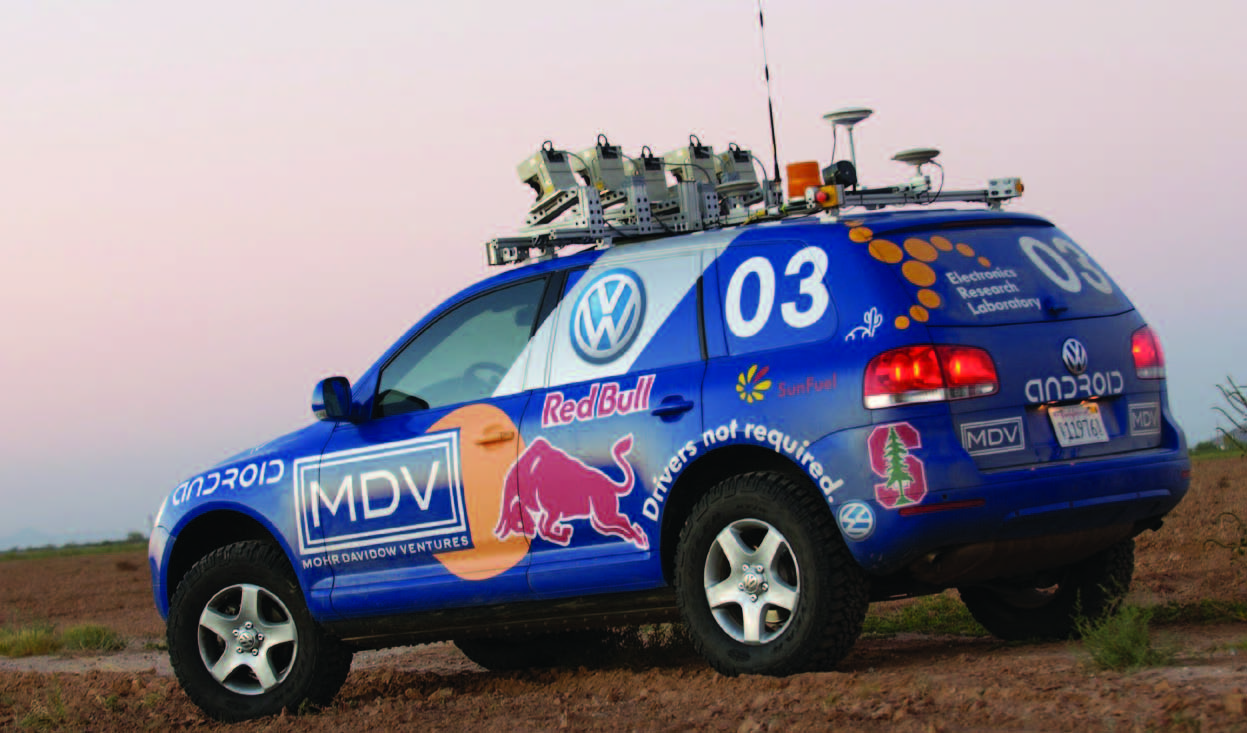Bipartisan Bill Would Force Creation of GPS Backup

Four leading lawmakers, apparently impatient with the Obama Administration’s less-than-urgent approach to assuring availability of critical navigation and timing resources, have sponsored a bill mandating the Department of Defense institute a backup for the Global Positioning System.
If approved, the National Positioning, Navigation, and Timing Resilience and Security Act of 2015 (H.R. 1678) would give the U.S. secretary of defense three years to establish, an alternative, land-based source for positioning, navigation, and timing (PNT) data.
By Inside GNSS





























